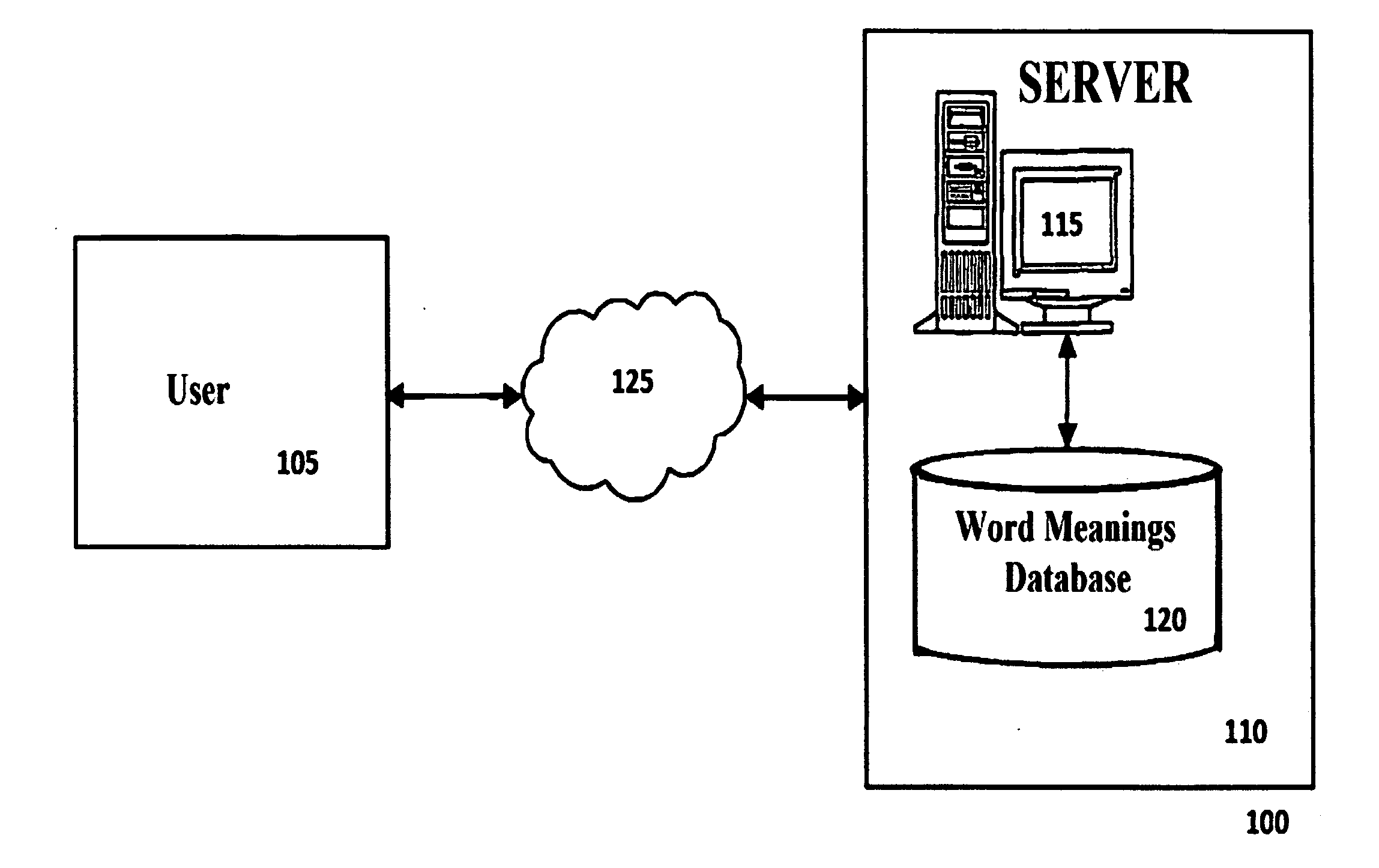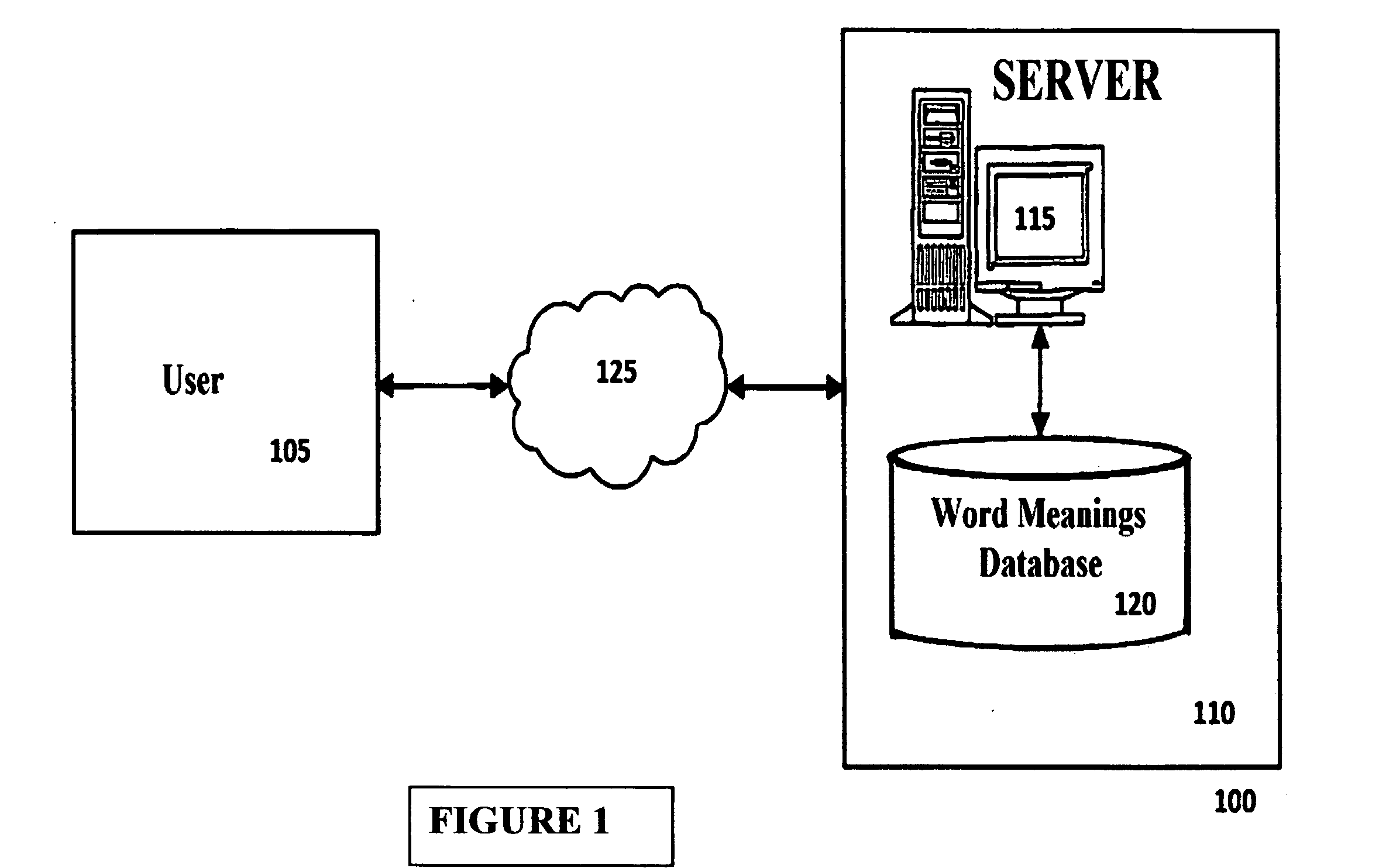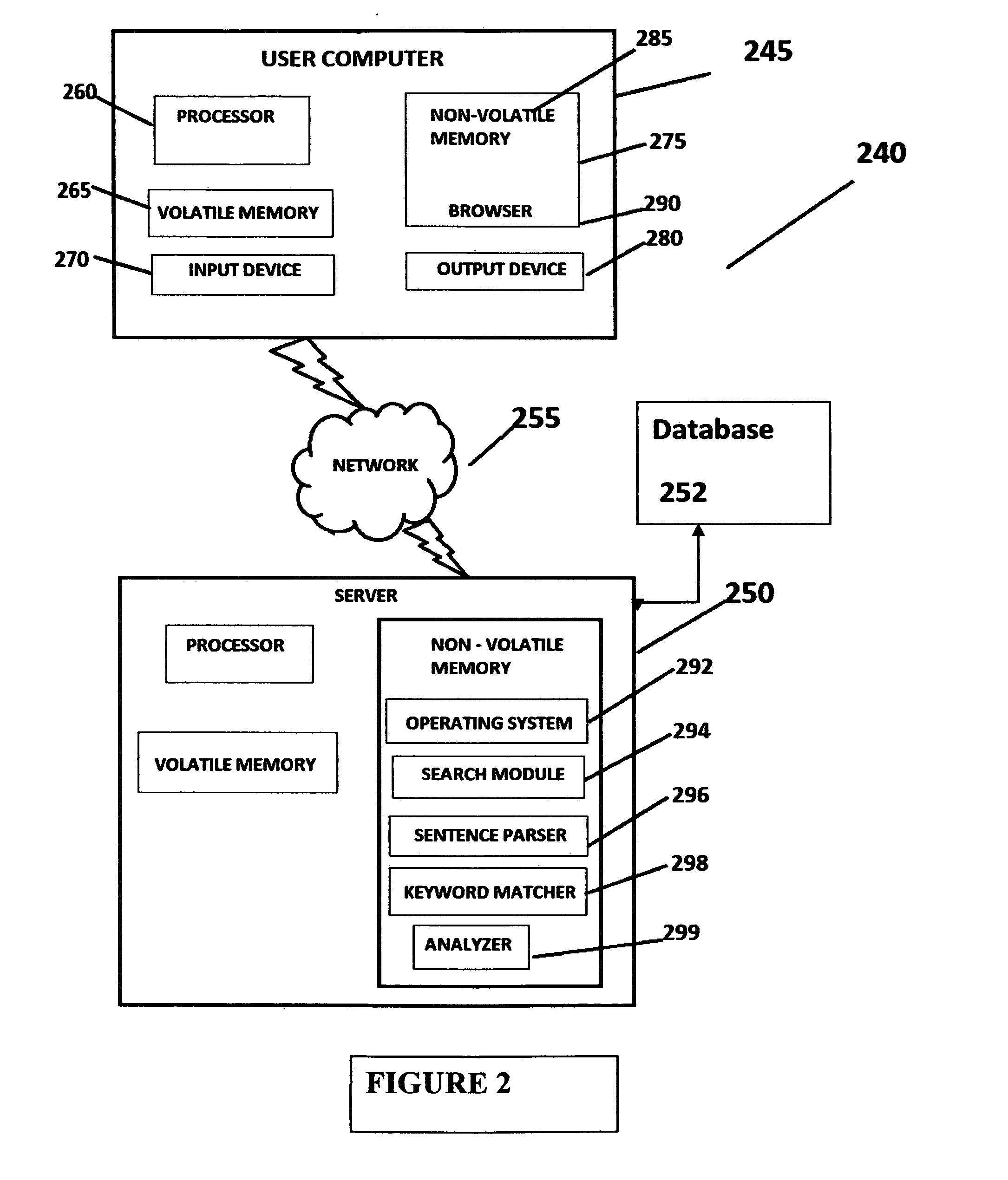System and Method for Automatically Classifying Text using Discourse Analysis
a technology of automatic classification and text, applied in the field of human-machine dialogue, can solve the problems of unusable knowledge, overload of information, and well-identified paradox of information overdose, and search and identify the most relevant information from the wealth of documents available without any aid of technology
- Summary
- Abstract
- Description
- Claims
- Application Information
AI Technical Summary
Benefits of technology
Problems solved by technology
Method used
Image
Examples
Embodiment Construction
[0041]In the following detailed description, a reference is made to the accompanying drawings that form a part hereof, and in which the specific embodiments that may be practiced is shown by way of illustration. These embodiments are described in sufficient detail to enable those skilled in the art to practice the embodiments and it is to be understood that the logical, mechanical and other changes may be made without departing from the scope of the embodiments. The following detailed description is therefore not to be taken in a limiting sense.
[0042]The detailed description as discussed and disclosed herein is largely represented in terms of processes, symbolic representations or visualizations of operation performed by conventional computer components including without limitation a central processing unit (CPU), memory storage devices, connected pixel-oriented display devices and the like. These operations include the manipulation of data bits by the CPU, and the maintenance of th...
PUM
 Login to View More
Login to View More Abstract
Description
Claims
Application Information
 Login to View More
Login to View More - R&D
- Intellectual Property
- Life Sciences
- Materials
- Tech Scout
- Unparalleled Data Quality
- Higher Quality Content
- 60% Fewer Hallucinations
Browse by: Latest US Patents, China's latest patents, Technical Efficacy Thesaurus, Application Domain, Technology Topic, Popular Technical Reports.
© 2025 PatSnap. All rights reserved.Legal|Privacy policy|Modern Slavery Act Transparency Statement|Sitemap|About US| Contact US: help@patsnap.com



